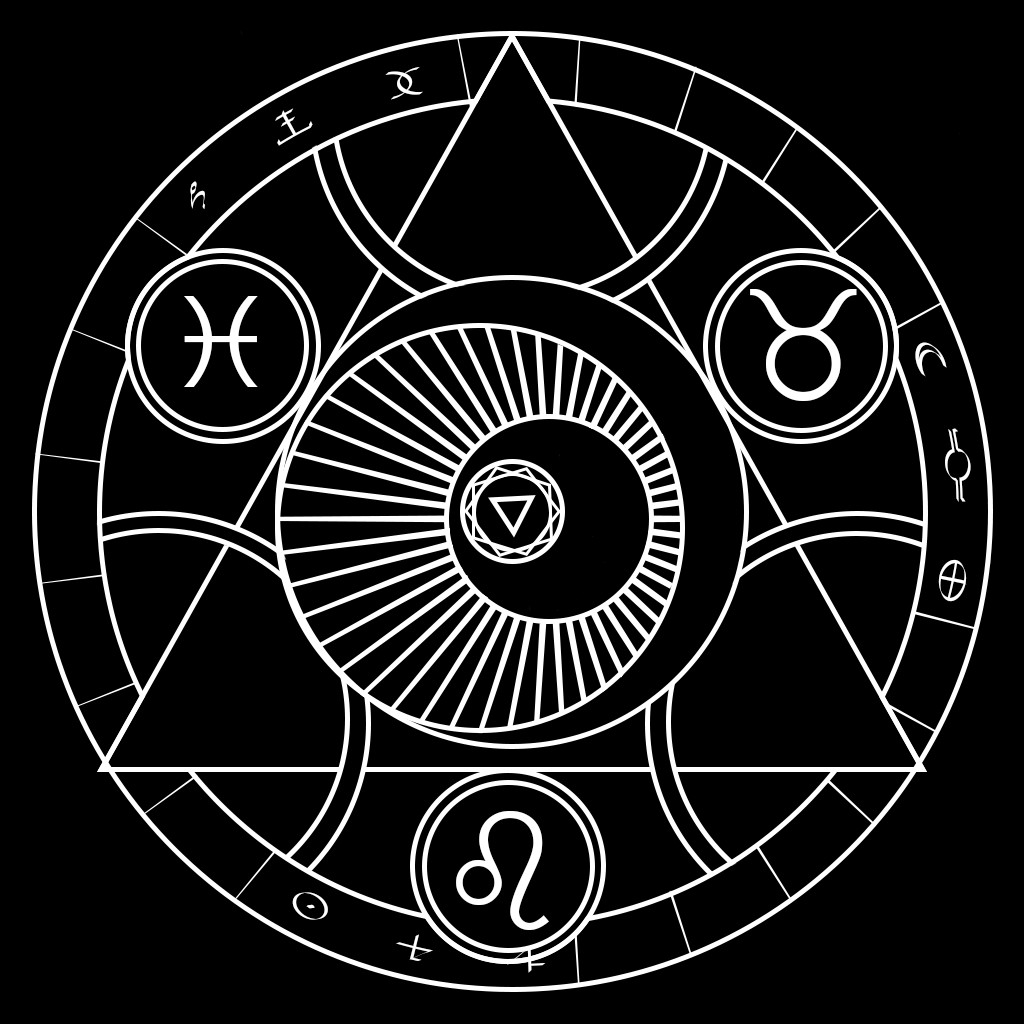
The color palette and brush techniques used in the painting were inspired by naturalist painter Jules Bastien-Lepage who was known for his sentimental depiction of rural life.
The magic circle painting full#
Somehow, using murky browns and greys, Waterhouse managed to create a picture full of dynamic energy. Since Waterhouse chose dull colors in this particular painting, it’s likely the witch is actually a grey/neutral witch who practices neither white nor black magic.

It’s easy to assume these creature are her familiars -animal guides who assist witches with their magic- but since they aren't allowed within the witch’s protective circle they’re probably not, which implies the witch isn’t evil. These animals are all symbols of evil heavily associated with witchcraft. Instead of a black cat, the witch is accompanied by a tiny frog and black birds, either crows or rooks (no, not like the chess piece). Back then it was common practice for spiritualists to perform seances and communicate with spirits. It looks like our witch is summoning spirits, noted through the abnormal brush patterns jutting out the column of smoke. The boline’s crescent shape associates the witch with Hecate, Greek goddess of the moon and witchcraft. Like any good witch, she’s got her tools- a wand to cast the circle and a Wiccan sickle called a boline to cut herbs. The magic circle in the ground is a protective barrier against bad hoodoo. This is one of the oldest mythical symbols, dating back to ancient Egypt, and represents the infinite cycle of life, death, and rebirth. This fashionable witch is also wearing what appears to be a snake eating its own tail, an ouroboros, around her neck.
The magic circle painting skin#
The woman’s skin tone and facial features suggest she’s of Middle-Eastern origin, but her hair is styled in Anglo-Saxon braids and her dress features Greek art. Waterhouse’s formal artistic training and the social environment of 19th century England exposed him to various cultures that influenced his love and portrayal of witches.Īt the time it was trendy to express interest in the exotic and the occult, both of which you can see here in The Magic Circle. He often depicted witches, goddesses, and other magical women not as fearfully evil creatures but as powerful forces to be reckoned with. Waterhouse loved to paint enchantingly beautiful women in nature via the Pre-Raphaelite style. It is not known how many copies were made after the edition run ended.J.W. Waterhouse had a thing for a women who could put him under a spell- literally. This includes works made-to-order, or prints on demand. The number of works produced has been determined and included in the listing. This means that every work of art is unique and there will never be another identical one. One-of-a-kind works of art are also known as “OOAK” artworks.

Each work bears great similarities to the original. It could also refer to a prototype or a model from which other works can be made. Original Artwork could also refer to the first work, which is always preceding all others. They reach a greater audience than originals and act as a tonic against commodification. While they may be less valuable for different reasons, reproductions and copies have had a tremendous impact on our experience. For workshop paintings that bear evidence of master craftsmanship, this attribution must be further qualified.

Mixed media includes oil, acrylic, and watercolor paintings. Original artwork can be any type of painting, sculpture, performance, or other media. Original Artwork refers to any work that is considered authentic and not a copy or imitation of the original works of an artist.


 0 kommentar(er)
0 kommentar(er)
